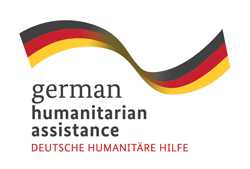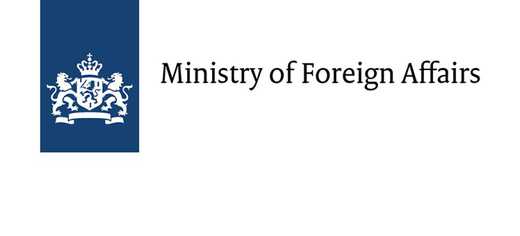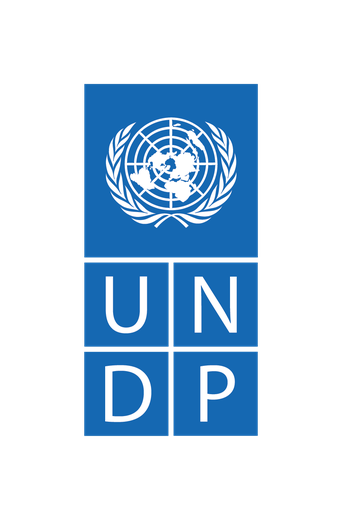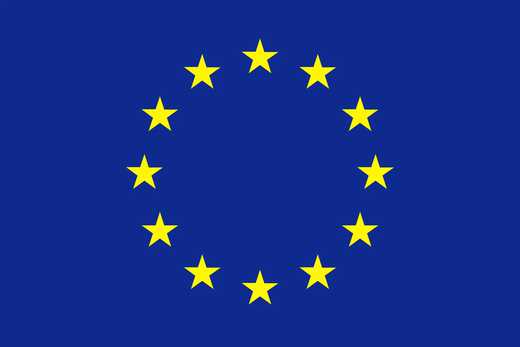The conflict in Ukraine has led to a massive rise in the use of landmines and other explosive ordnance, putting the population at high risk. The devastating consequences are likely to last long after the conflict has ended.
Why we work in Ukraine
Even before the full-scale invasion commenced in 2022, Ukraine was already a heavily contaminated country due to the legacies of World War I, II and the 2014 war in Eastern Ukraine. The past few months have led to an unprecedented crisis and an urgent need to address this ongoing threat.
MAG's operations in Ukraine began in 2022, at the start of the invasion, when a small team conducted an initial assessment to identify crisis response needs and opened an office in Kyiv, gaining official registration in August 2022. Working in partnership with the Ukrainian authorities and other humanitarian agencies, the team documented evidence of contamination caused by cluster munitions, which are widely prohibited, alongside improvised explosive devices (IEDs) and other explosive ordnance.
The scale of new contamination is so severe that upwards of 40 billion pounds and decades of difficult work will likely be needed to clear it.
How we help
In February 2024, MAG teams started demining operations in Mykolaiv region and established an operational base in Balakliia, Kharkiv region. MAG has expanded its operational capabilities by purchasing a number of mechanical assets, including two MineWolfs, which will allow us to start mechanical demining after certification and significantly reduce the time required for technical surveys. MAG intends to complete the accreditation process for explosive ordnance disposal by the end of 2024.
Since 2022, 261 nationals were hired to expand MAG’s presence in Ukraine. MAG Ukraine currently has 5 Mine Action Teams, 8 Multi Task Teams, 11 Community Liaison teams and 1 Mechanical team.
MAG is partnering with APOPO, a non-profit organisation which trains Technical Survey Dogs (TSD) to search for landmines across difficult terrain. TSD teams are expected to be deployed in Autumn 2024.
MAG is also working with the Ukrainian Deminers Association (UDA) to build its capacity through training in all aspects of demining from risk education work to manual clearance.
Explosive ordnance risk education is being conducted through digital and traditional media channels, including radio messages and billboards, as well as face-to-face engagement. These sessions allow communities to learn how to recognise the areas which might be contaminated by explosive devices and to sound the alarm. They also support people to learn safe behaviours in case they come across dangerous items.
Our results in 2024

People directly supported
60,672

Risk education sessions
3,655

Land covered in Technical Survey*
8,618 sqm
*The purpose of the Technical Survey is to determine if the land is contaminated and to assess the minefield in order to identify hazardous areas.

















